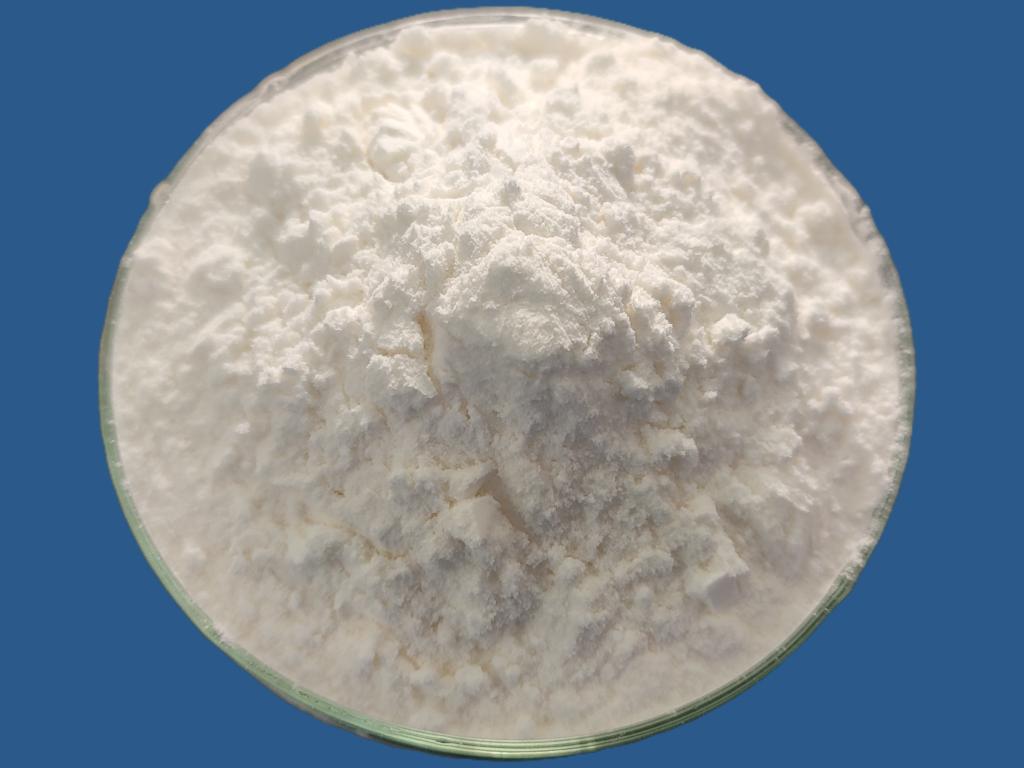Tel:+8618231198596

News
 CONTACT
CONTACT
 CONTACT
CONTACT
- Linkman:Linda Yao
- Tel: +8618231198596
- Email:linda.yao@dcpharma.cn
- Linkman:CHARLES.WANG
- Department:Overseas
- Tel: 0086 0311-85537378 0086 0311-85539701
News
Current Position:
Home >
News
>Investigating influence on the antimicrobial efficacy of ε-Polylysine hydrochloride.
Investigating influence on the antimicrobial efficacy of ε-Polylysine hydrochloride.
TIME:2024-04-30
Properties and Mechanisms of Action of ε-Polylysine Hydrochloride:
Before delving into the impact of processing techniques, it is essential to understand the properties and mechanisms of action of ε-PL. ε-PL is a cationic homopolymer composed of lysine residues linked by peptide bonds. It exhibits broad-spectrum antimicrobial activity against bacteria, fungi, and some viruses by disrupting microbial cell membranes. Understanding these properties is crucial for evaluating the impact of processing techniques on the antimicrobial efficacy of ε-PL.
Influence of Heat Treatment:
Heat treatment is a common processing technique used to sterilize or pasteurize food products. However, exposure to high temperatures can degrade the antimicrobial activity of ε-PL. Studies have shown that prolonged heat exposure can lead to the degradation of ε-PL molecules and a reduction in antimicrobial efficacy. Optimizing processing parameters, such as temperature and duration, is essential to minimize the impact of heat treatment on ε-PL efficacy while ensuring food safety.
Influence of High-Pressure Processing:
High-pressure processing (HPP) is a non-thermal processing technique used to inactivate microbial pathogens in food products. While HPP is effective in preserving the sensory and nutritional quality of foods, its impact on the antimicrobial efficacy of ε-PL is less clear. Some studies have suggested that HPP may enhance the antimicrobial activity of ε-PL by promoting its penetration into microbial cells. However, further research is needed to fully understand the interactions between HPP and ε-PL in food matrices.
Influence of Irradiation:
Food irradiation is a processing technique used to extend the shelf life and improve the safety of food products by reducing microbial contamination. Irradiation can affect the chemical structure and stability of ε-PL, potentially compromising its antimicrobial efficacy. Studies have shown that irradiation can lead to the degradation of ε-PL molecules and a decrease in antimicrobial activity. Developing strategies to protect ε-PL from irradiation-induced degradation is essential for maintaining its effectiveness in irradiated foods.
Influence of Encapsulation:
Encapsulation is a technique used to protect sensitive bioactive compounds, such as antimicrobial agents, from degradation during processing and storage. Encapsulation of ε-PL in food-grade materials, such as liposomes or nanoparticles, can improve its stability and release profile, enhancing its antimicrobial efficacy. Studies have demonstrated that encapsulated ε-PL exhibits prolonged antimicrobial activity and improved compatibility with food matrices compared to free ε-PL. Incorporating encapsulated ε-PL into food products can offer enhanced protection against microbial contamination.
Conclusion:
In conclusion, processing techniques can significantly influence the antimicrobial efficacy of ε-Polylysine hydrochloride (ε-PL) in food products. Heat treatment, high-pressure processing, irradiation, and encapsulation can affect the stability, release profile, and overall effectiveness of ε-PL in inhibiting microbial growth. Understanding the impact of processing techniques on ε-PL is crucial for optimizing its application in food processing and ensuring food safety. Future research efforts should focus on developing innovative strategies to enhance the stability and effectiveness of ε-PL in processed foods, ultimately improving the safety and quality of food products for consumers.
- Tel:+8618231198596
- Whatsapp:18231198596
- Chat With Skype







